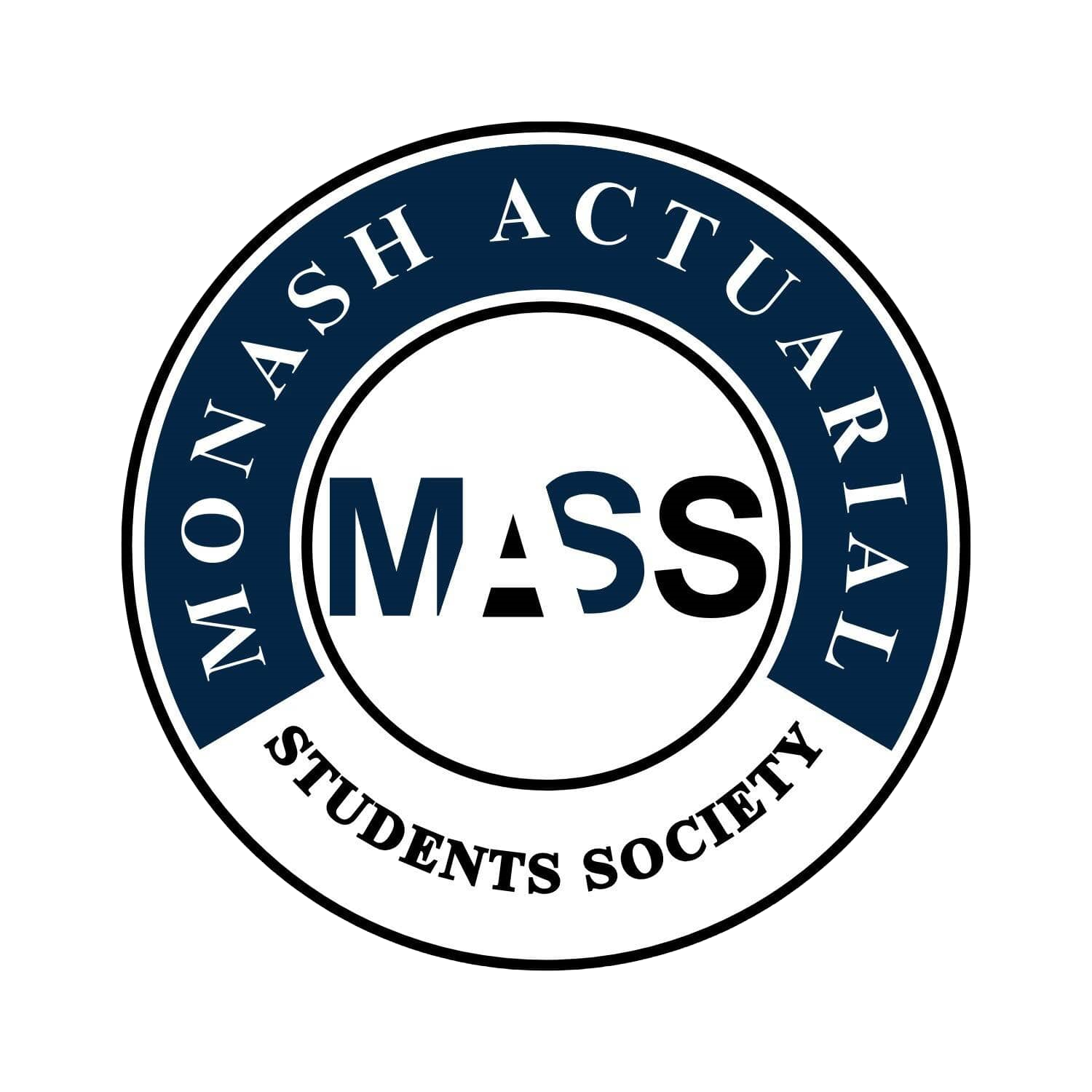ETC2430 Actuarial Statistics (Sem 1 2021)
Difficulty:
Year Completed: Semester 1, 2021
Prerequisite: ETC1000
(or STA1010, or SCI1020, or ETF1100, or ETW1001, or ETB1100, or FIT1006)
Exemption:
CM1 Actuarial Mathematics
ETC1000 (10%), ETC2430 (35%), ETC3530 (55%)
Weighted average of 70% required. Minimum of 60% required for each unit.
Mean Setu Score: 85.6%
Clarity of Learning Outcomes: 86%
Clarity of Assessments: 86.6%
Feedback: 82.6%
Resources: 84%
Engagement: 87.2%
Satisfaction: 84%
Subject Content:
Lecture(s) and Tutorial(s):
Textbook(s):
Assessments:
The topics covered were: Time Value of Money, Cashflow
valuations, Annuities, Project Appraisal and Life Tables and
Survival Models.
1 x 2 hour lecture
1 x 1.5 hour tutorial
For this unit the recommended textbook was Actuarial
Mathematics for Life Contingent Risks. It was not used at all or
referred to by the lecturer/tutors. The lecture notes provided were
sufficient enough to explain all the concepts.
Assignment 30%
Presentation 10%
Weekly Quizzes 10%
Final Exam 50%
Comments
Overall this unit was a great introduction to actuarial studies, and
provides an important foundation for future actuarial units. The
content was interesting and well presented. The assessments
were in general quite lenient in marking. The tutorial questions
set a good example for the level of the difficulty you could expect
for the exam.
The unit was split in half and taught by two lecturers. Both were
enthusiastic about their respective content, making the lectures
informative and well presented. Whilst the lectures provided you
with practical examples, it was mostly theory based. This meant
that with some of the more difficult topics, you may have had to
re-watch some of the lectures to fully understand the concepts.
The tutorials were not necessary to attend, except for the week
that you were doing the presentation. You also did not need to
complete the tutorial questions before hand. However, they were
very useful as they went through the more challenging tutorial
questions in depth to help clarify any confusion, for example the
actuarial notation. This was often helpful as the lectures would
not have as many practical examples relating to the week's
content, or enough time to go through the questions entirely. The
tutorials were also the ideal place to ask for assistance with the
assignment - which contained a considerable amount of R
coding.
The largest in semester assessment was the assignment, which
required you to use R to solve an equation of value and then
create a mortgage repayment schedule. For this assignment,
collaboration was highly encouraged and as such marking was
very strict - although most people did do very well. There were
also in-semester quizzes that you needed to do, but were not
marked and were based on the previous week's lecture. The
teaching team also introduced an eight minute presentation that
required some background research into an actuarial
concept/product. These were fairly marked, and most student did
quite well.
To succeed in this unit, you must consistently revise the tutorial
questions and lecture slides to make sure you fully understand
the content and are able to apply it. The trickiest section of the
content was the Life Tables and Life Products, but the tutors
were always willing to help explain these and other topics at the
consultations. Additionally, the Actuarial Institute exams were
particularly helpful in preparation for the exam if you are looking
for more practice questions. It is also recommended to begin
working on the assignment as soon as it is released to help you
work through any difficulties that you come across while coding.
General Overview:
Lectures:
Tutorials:
Assessments/Other Assessments
Concluding Remarks

